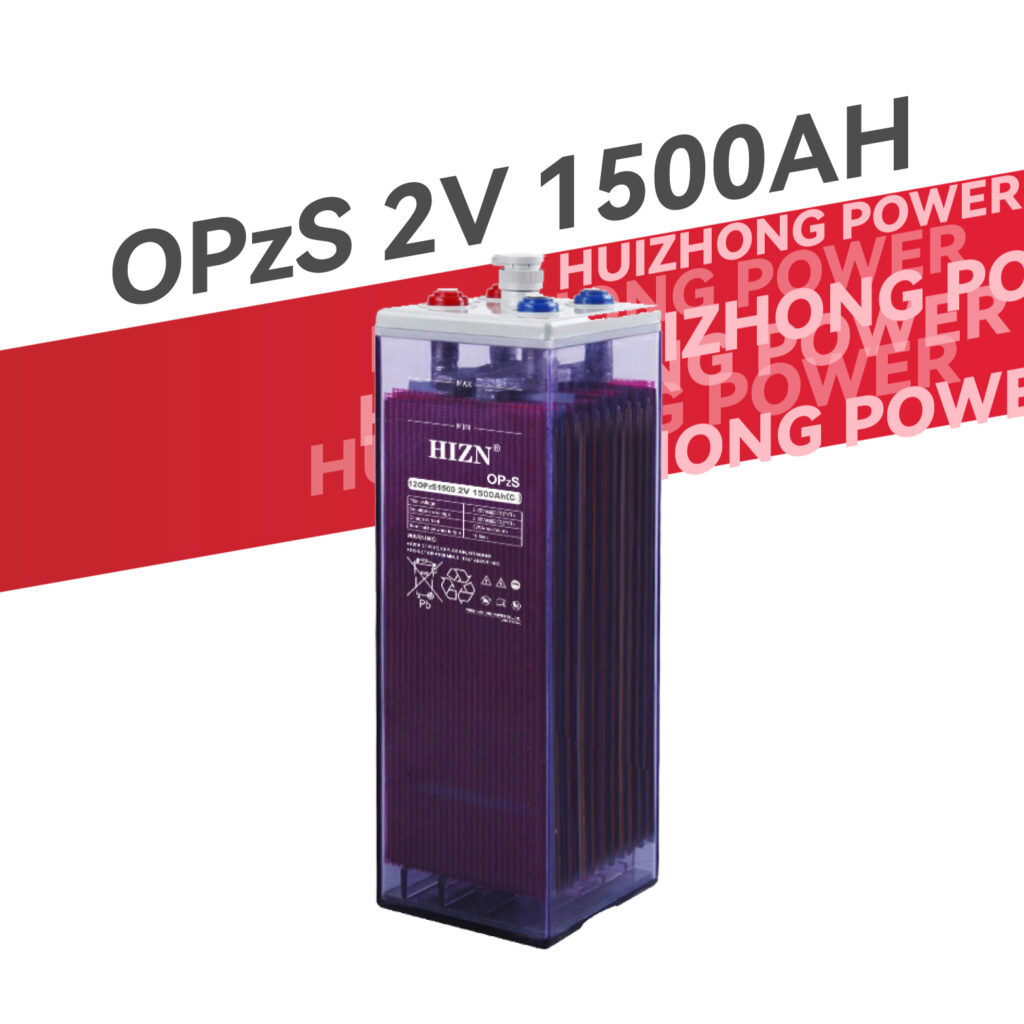The shells (or cases) of OPzV and OPzS batteries differ in their design and materials due to the different operational and environmental requirements of each battery type.
1. Material:
- OPzV Batteries:
- The shell is usually made from high-quality, robust plastic materials such as acrylonitrile butadiene styrene (ABS) or polypropylene (PP). These materials are chosen for their ability to withstand the pressure created by the gel electrolyte inside the battery, as well as their resistance to heat and chemicals.
- OPzS Batteries:
- The shell is typically made from transparent or translucent polypropylene (PP), which allows for easy visual inspection of the electrolyte levels inside the battery. The material needs to be durable enough to handle the acidic electrolyte and the mechanical stress of handling and installation.
2. Design and Structure:
- OPzV Batteries:
- OPzV batteries have a sealed design with a valve-regulated mechanism. The shell is designed to accommodate the gelled electrolyte, which does not spill even if the battery is tilted or inverted. The sealed design ensures that no electrolyte leakage occurs, and it also manages the internal pressure through a valve that releases excess gases if necessary.
- OPzS Batteries:
- OPzS batteries have a vented (flooded) design, meaning they are not sealed and require regular maintenance. The shell includes openings that allow access to the electrolyte, so it can be topped up with distilled water as needed. The design also allows gases to escape naturally, preventing pressure buildup inside the battery.
3. Ventilation:
- OPzV Batteries:
- The shell is fully sealed, with only small valves that control the release of gases. This design reduces the risk of gas leakage and minimizes the need for external ventilation systems, making OPzV batteries suitable for use in enclosed or poorly ventilated spaces.
- OPzS Batteries:
- The shell includes vents that allow gases produced during the charging process to escape. This open venting system requires the battery to be installed in a well-ventilated area to avoid the buildup of potentially explosive gases like hydrogen.
4. Transparency:
- OPzV Batteries:
- The shell is generally opaque, as there is no need for visual inspection of the internal components or electrolyte levels, given the maintenance-free nature of the battery.
- OPzS Batteries:
- The shell is often transparent or semi-transparent to allow users to easily monitor the electrolyte levels and inspect the internal components for maintenance purposes.
5. Shape and Size:
- OPzV Batteries:
- The shape and size of OPzV battery shells can vary depending on the specific application, but they are generally designed to be compact and space-efficient, given their sealed nature and the need for flexibility in installation.
- OPzS Batteries:
- OPzS battery shells are usually larger and may have more standardized dimensions to accommodate the liquid electrolyte and allow for easy maintenance. The shape is typically rectangular, with the design focused on stability and accessibility.
In summary, the main differences between OPzV and OPzS shells stem from the different requirements of their respective technologies. OPzV shells are sealed, robust, and maintenance-free, while OPzS shells are vented, often transparent, and designed to facilitate regular maintenance.


